Prof. Lei Fang reviews how co-planar conformation in π-conjugated systems can be locked by using dynamic noncovalent bonds.
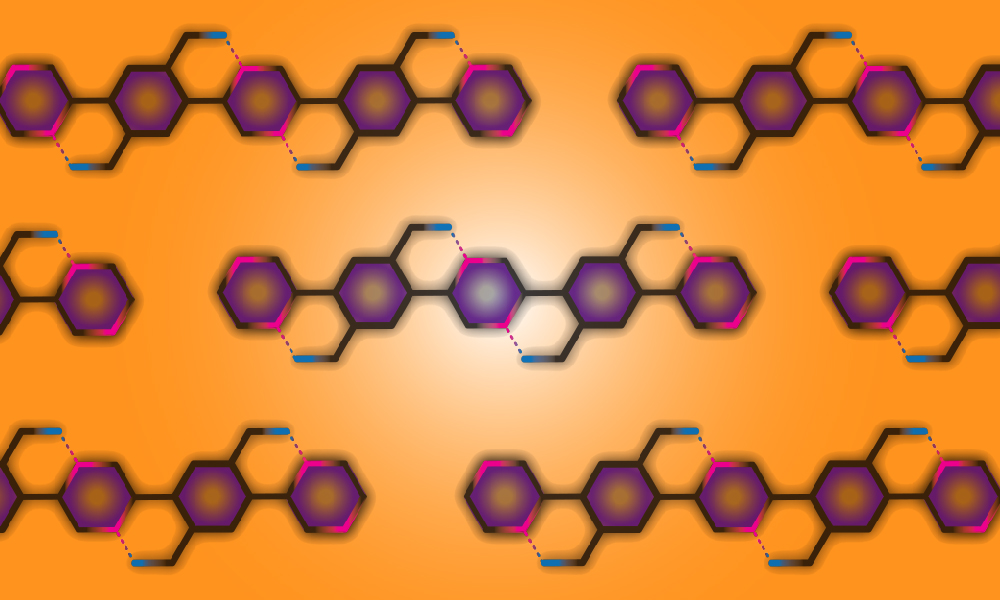

Prof. Lei Fang reviews how co-planar conformation in π-conjugated systems can be locked by using dynamic noncovalent bonds.
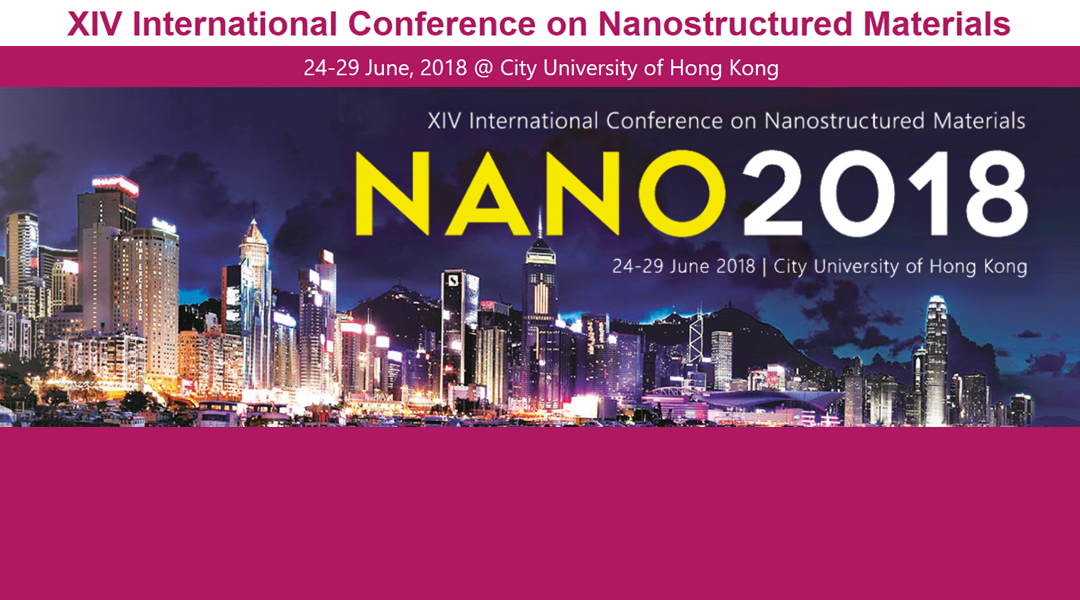
Submit your abstract for NANO2018 conference at City University of Hong Kong by 28 February 2018.
![ZIF-Derived Bifunctional Air Electrodes for Rechargeable Zinc–Air Batteries [Video]](https://www.advancedsciencenews.com/wp-content/uploads/2018/02/adfm201705048_ASN_image.png)
A simple, inexpensive, and scalable method is developed to produce cobalt-nanoparticles-encapsulated nitrogen-doped carbon nanotubes (Co-N-CNTs) as bifunctional air electrodes for Zn–air batteries.
![Flexible Nickel–Metal Hydride Batteries [Video]](https://www.advancedsciencenews.com/wp-content/uploads/2018/02/ASN-picture.jpg)
Researchers develop a modified silkscreen printing and electrodeposition technique to fabricate a thin, freestanding nickel matrix for use as a flexible electrode in high-performance nickel–metal hydride (NiMH) batteries.

An environment-friendly anti-solvent helps to produce higher efficiency Solar Cells in comparison to the commonly used toxic anti-solvent.

A team of researchers design broadband field-effect phototransistors based on molybdenum disulfide. The photodetector has the ability to detect very weak optical signals and is promising for applications in thermal imaging and sensing.
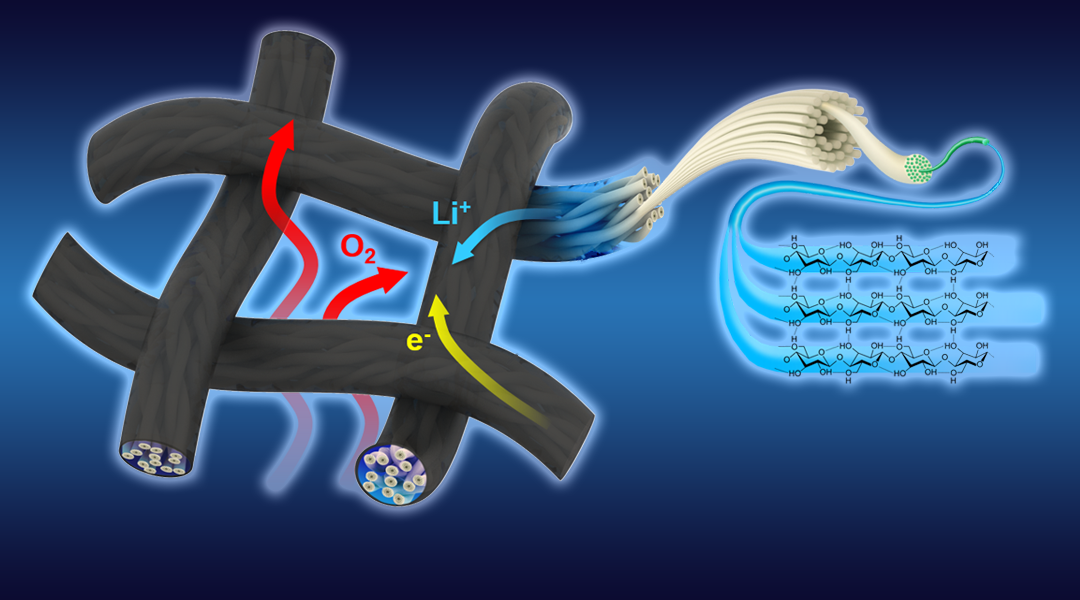
A novel flexible textile-based cathode with a unique triple-phased structure is presented, that shows improved non-competitive transport properties.
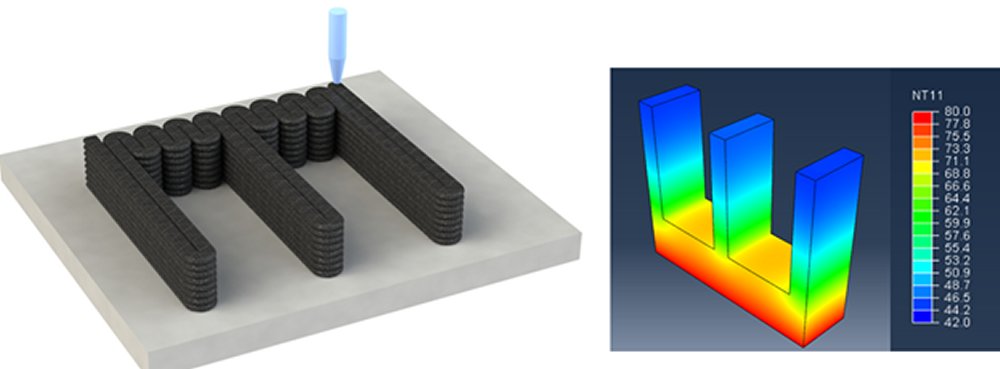
Recent research results in fabricating thermal management devices using 3D printing methods are reviewed.
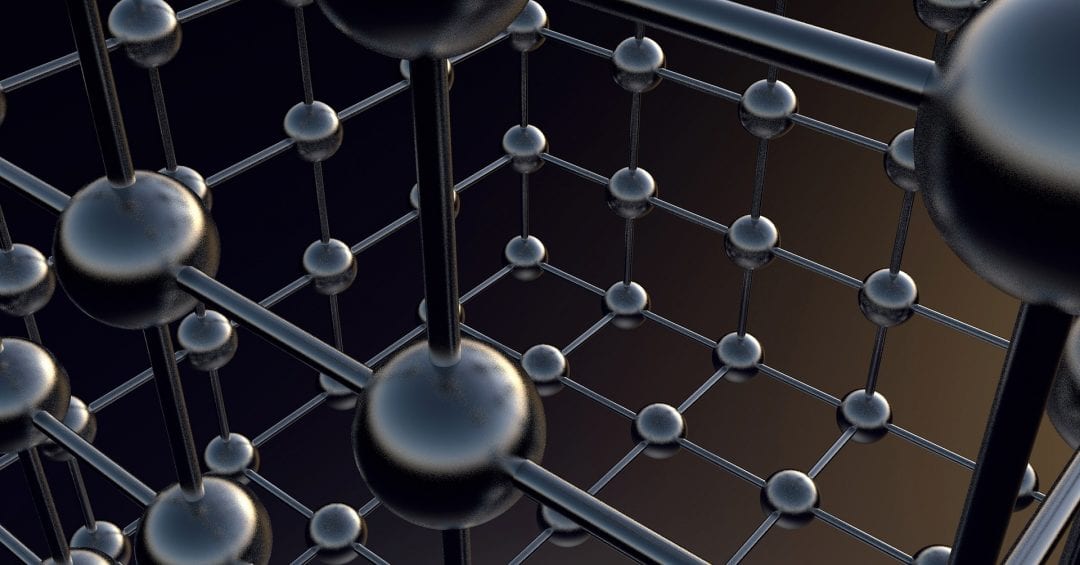
Researchers from the University of Tokyo shed light on the formation of the crystallographic structure of organometal halide perovskites.
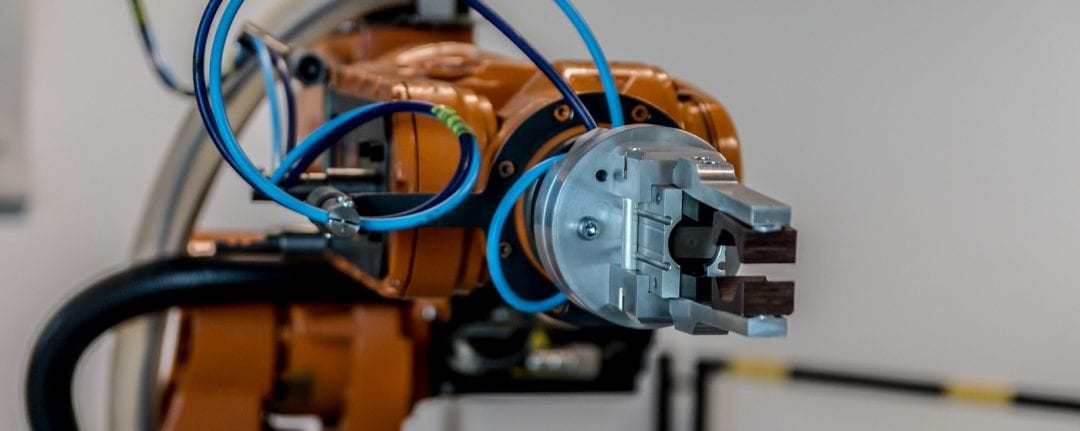
Kawasaki announced the launch of a new robot system that reproduces the movements of expert engineers through remote collaboration.